I happened upon a Lightning Bug while I was kayaking around Seattle’s Lake Union. There is no shortage of fine wooden boats around the lake, but this 15’ motor launch built by Budsin Wood Craft of Marshallberg, North Carolina, drew me in for a closer look. LUCCIOLA, moored in front of one of the more interesting floating homes that line the east shore of the lake, was luminous in the autumn afternoon sun. The boat’s name, Italian for Lightning Bug, was written on the transom in gold leaf, outlined in black. Not every boat can carry off a gilded name, but the Lightning Bug’s lines and workmanship are exceptionally fine and deserve no less.The Lightning Bug has a vacuum-bagged, cold-molded hull. Finished bright above the waterline, LUCCIOLA's hull has two inner diagonal layers of cedar and an outer layer that is a combination of fore-and-aft mahogany planking above the waterline and diagonally laid cedar below. Fiberglass applied below the waterline protects the bottom. The seams between the mahogany planks are routered to a uniform width, then filled with epoxy and mahogany sanding dust. The mix is quite dark, almost black, and looks a bit like the shadows cast by lapstrake planking. It’s a nice touch and accentuates the boat’s shape. An ash outwale and guard outline the sheerstrake with a bright accent. The finish on the boat is flawless. Budsin puts at least 12 coats of varnish on the woodwork, and the result is radiant wood grain and a glassy shine. This hull will be finished bright above the waterline and has an outer layer of mahogany planking to cover the topsides.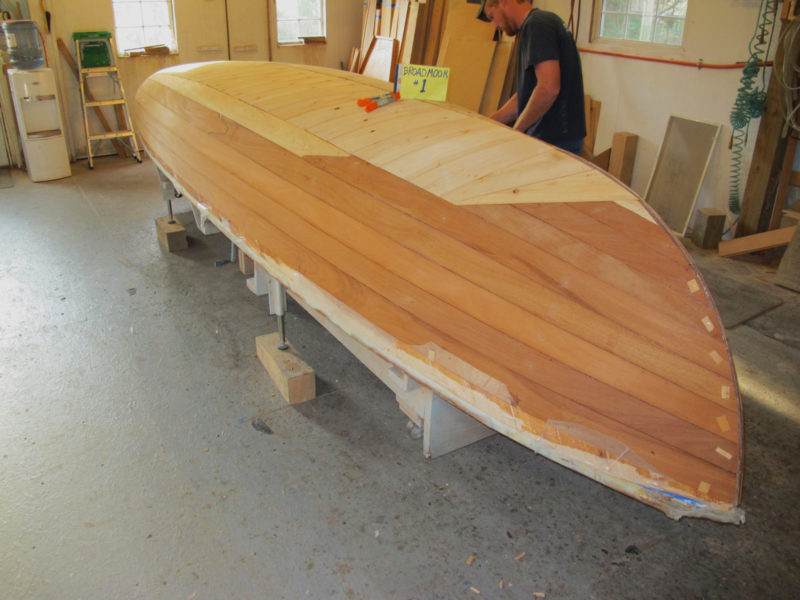 courtesy of Budsin Electric Boats
courtesy of Budsin Electric Boats
Join The Conversation
We welcome your comments about this article. If you’d like to include a photo or a video with your comment, please email the file or link.
Comments (2)
Comments are closed.
Stay On Course

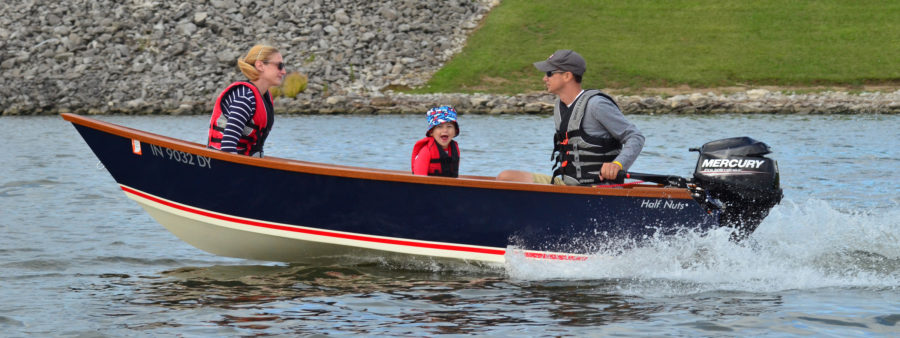
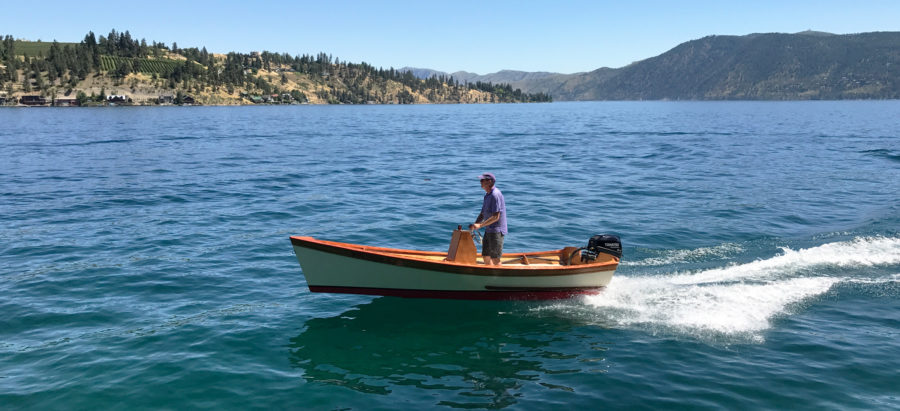
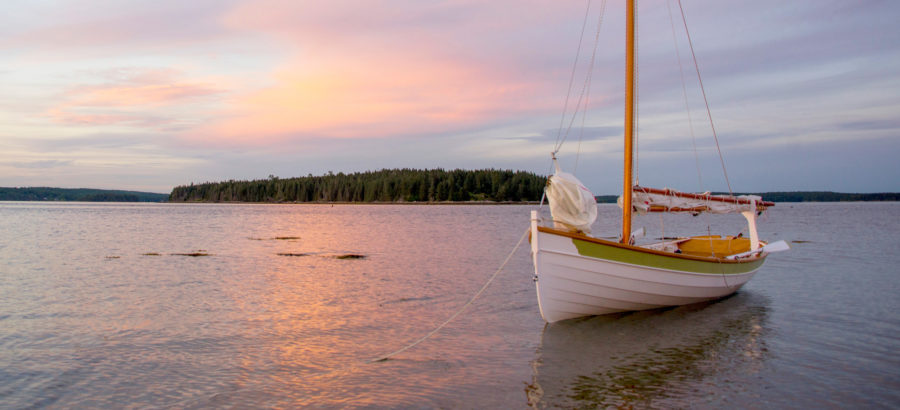
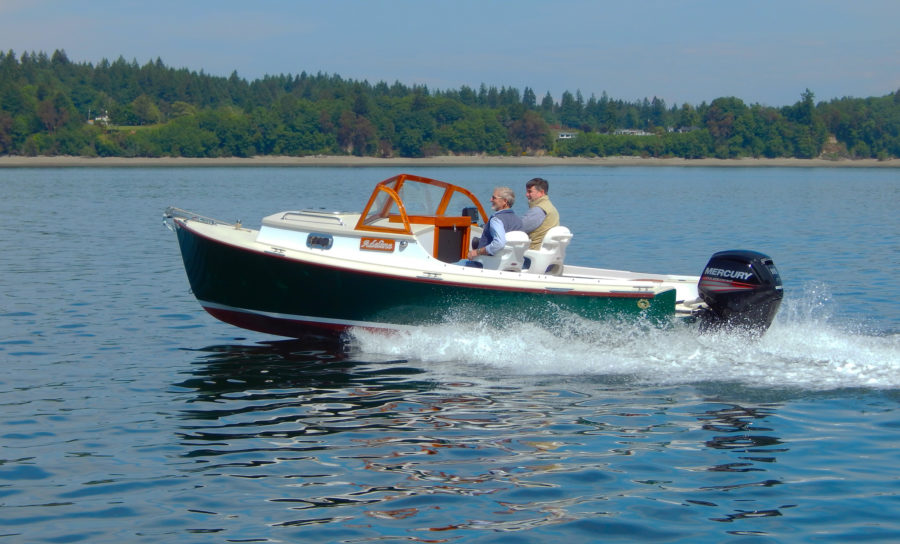
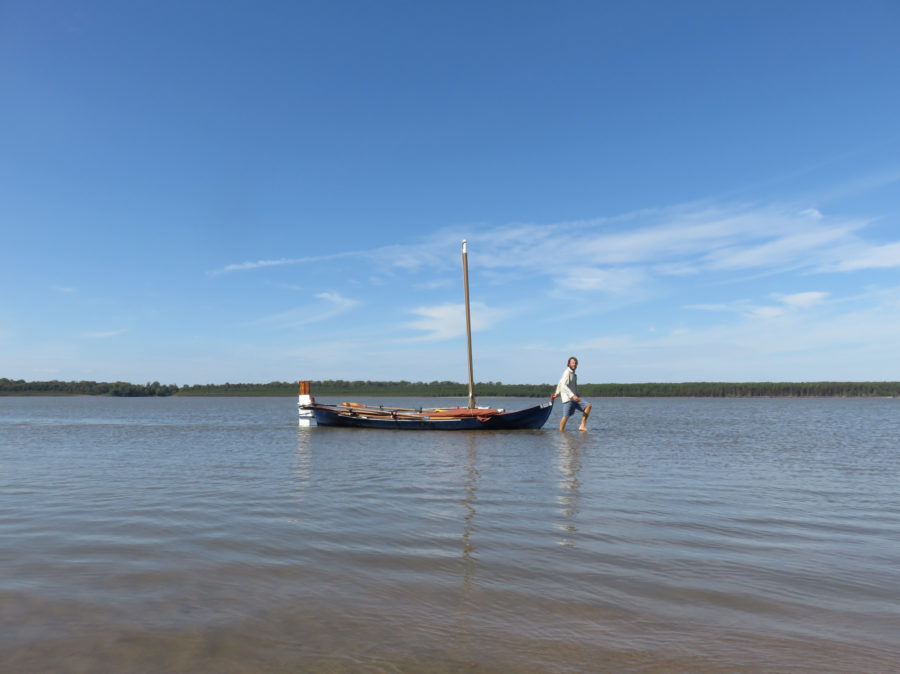
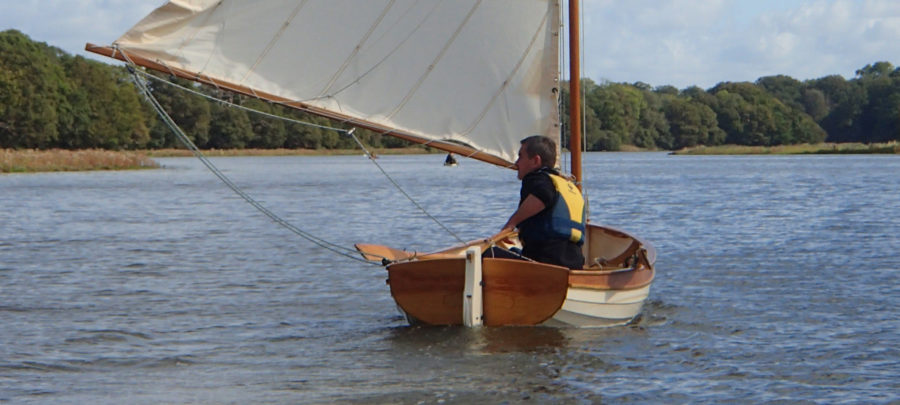
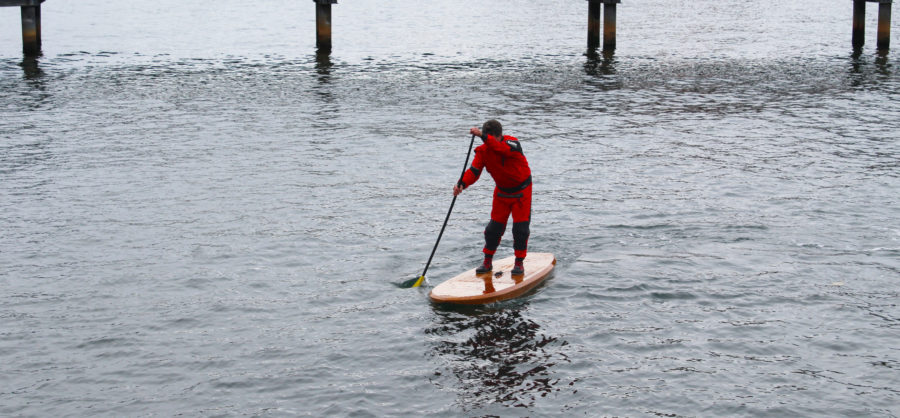

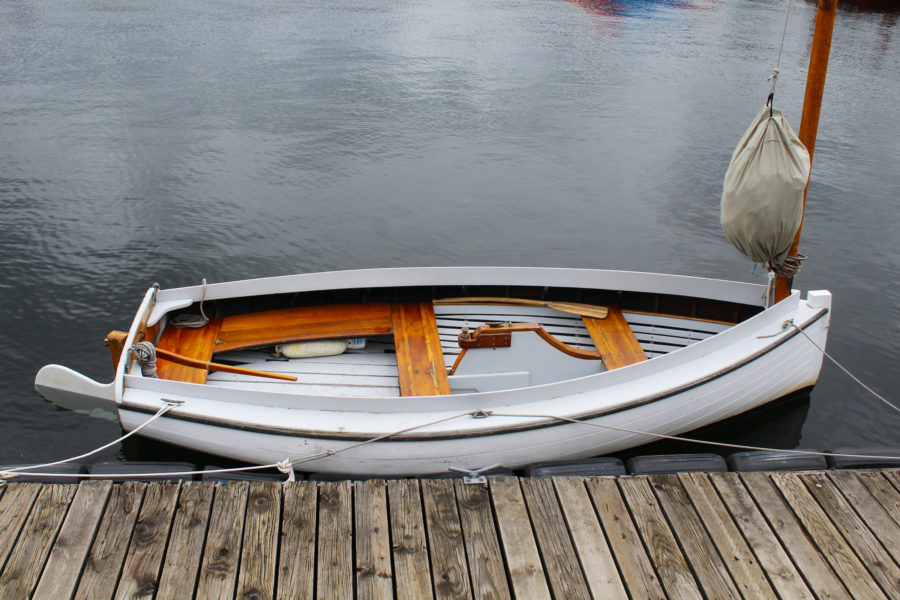
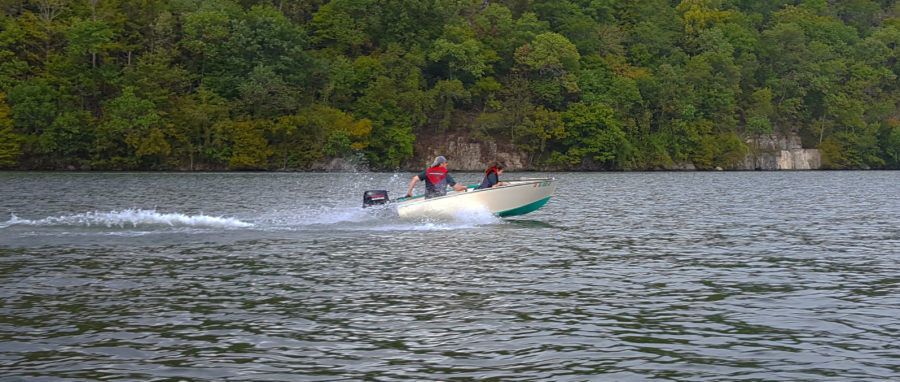
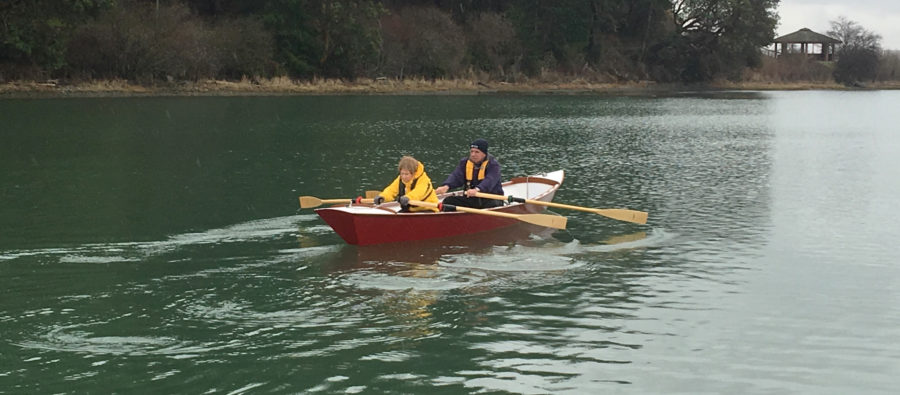
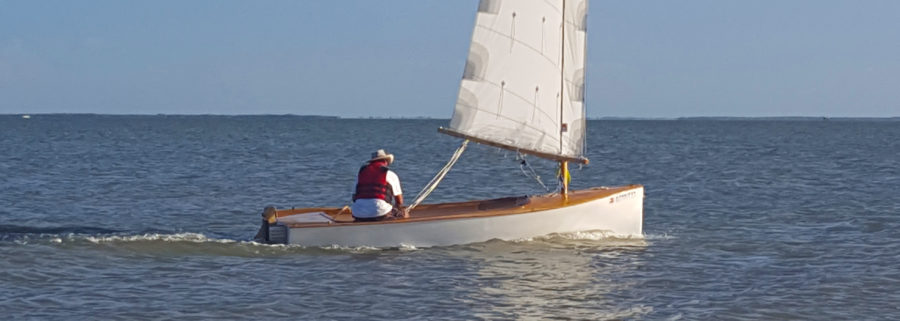
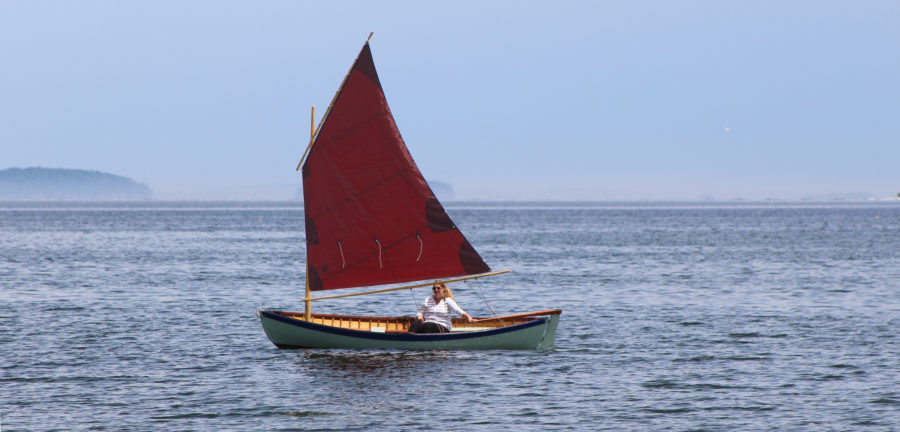
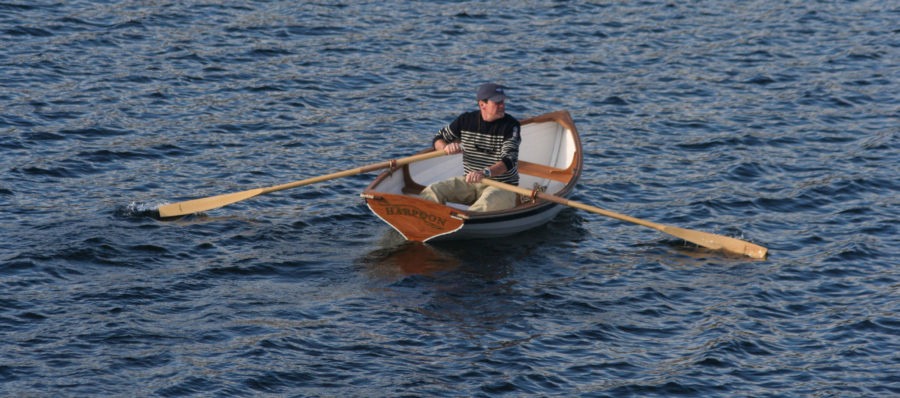
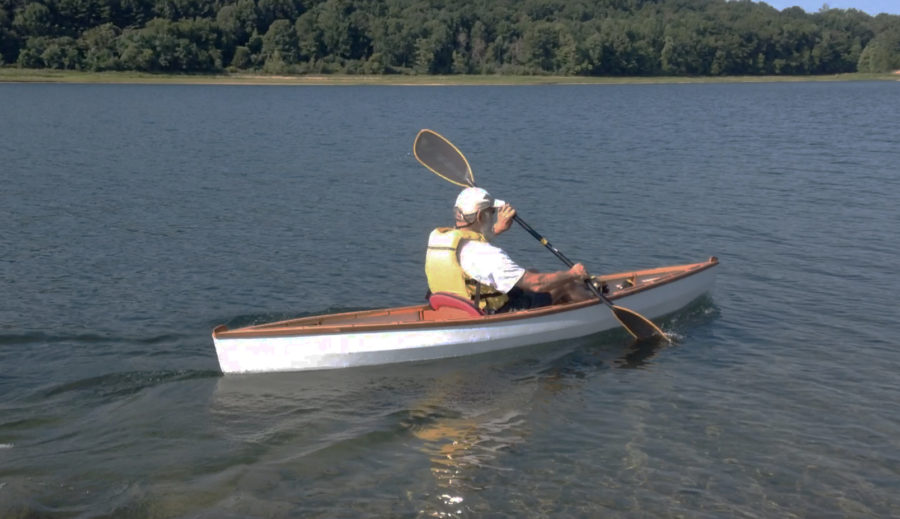
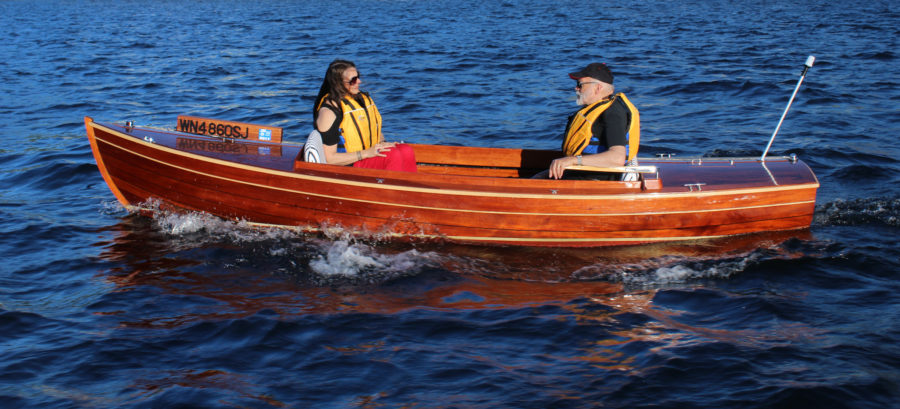
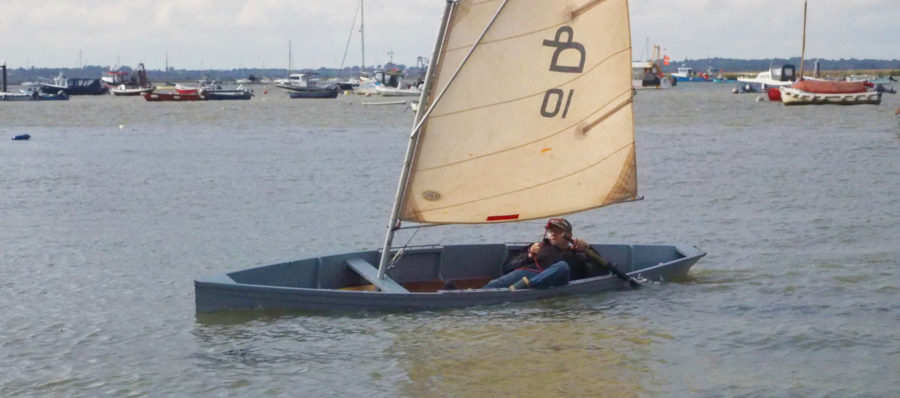
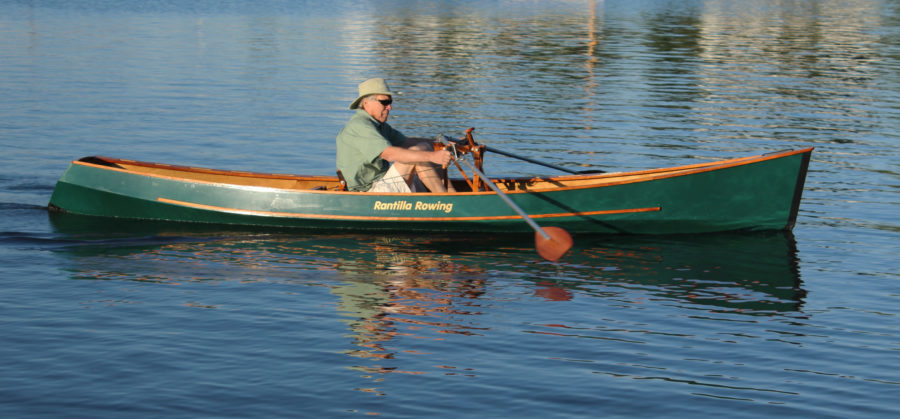
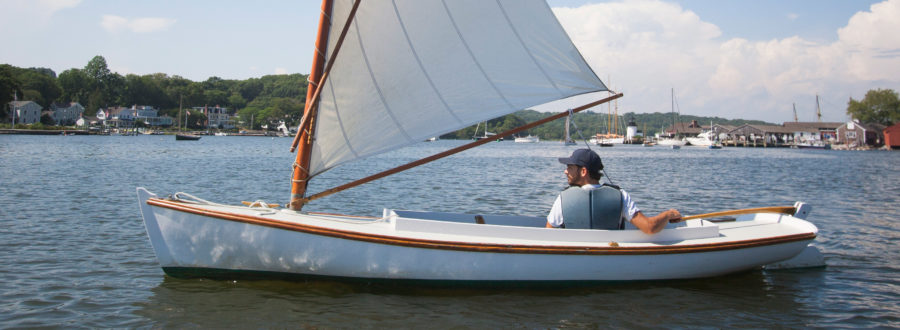
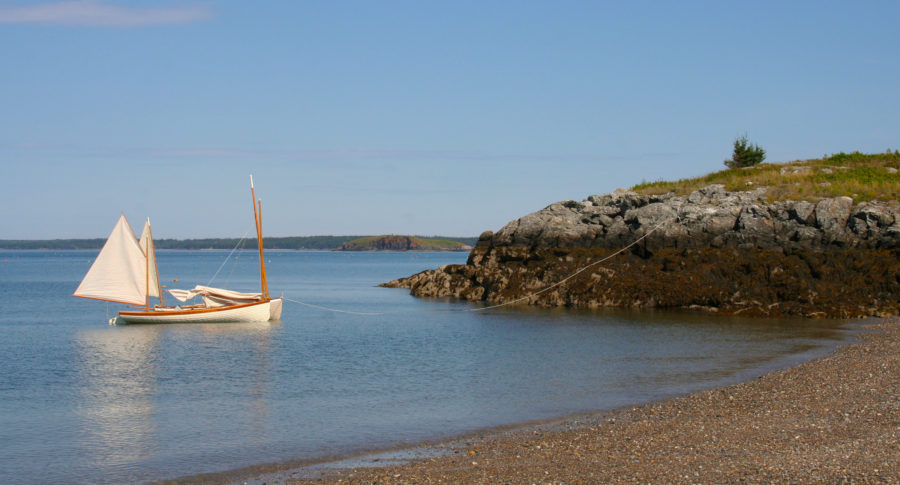
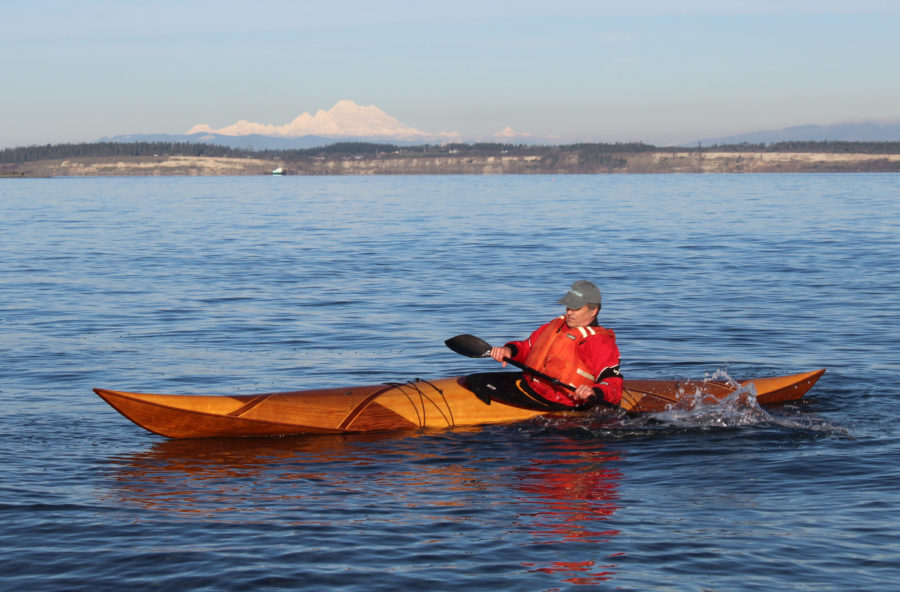
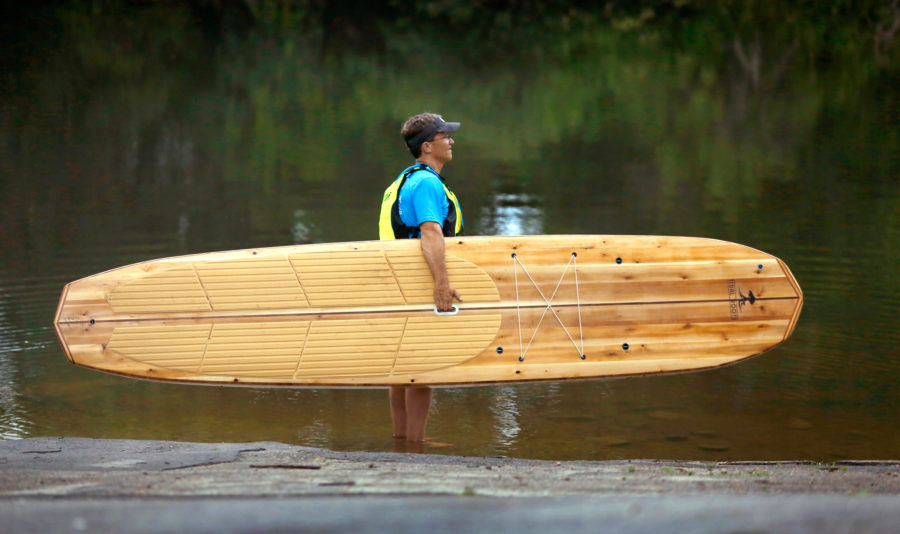
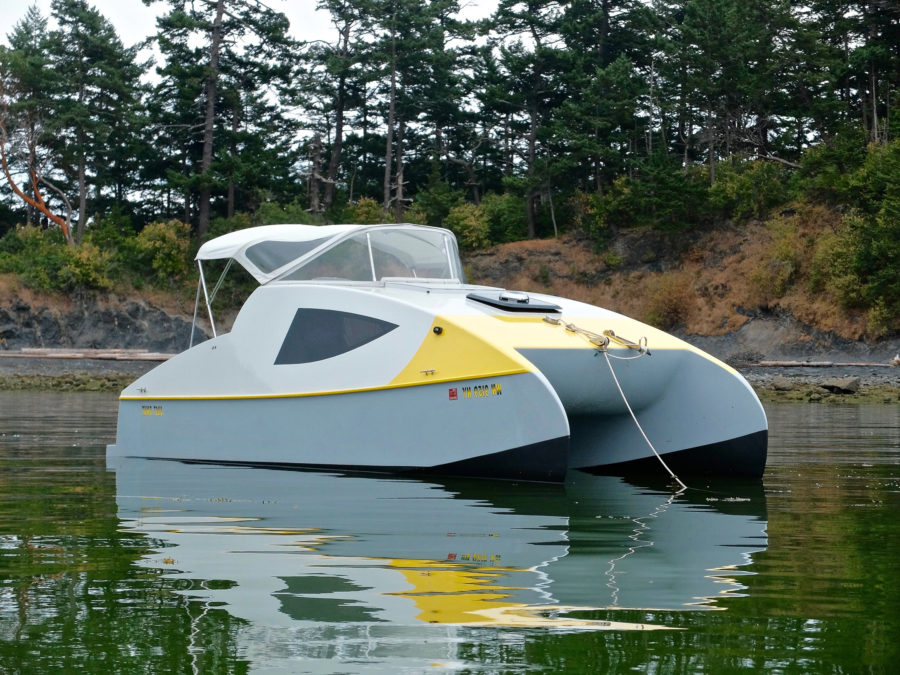
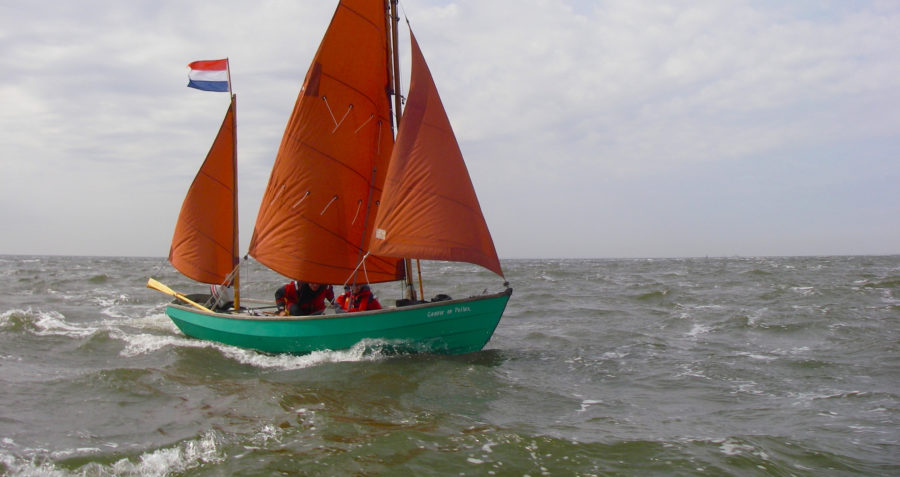
Wow! The boat’s a beauty.
Terrific article and loved the video of the boat in action.
Happy New Year!